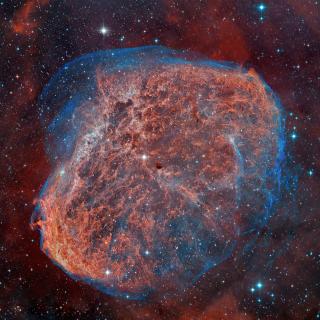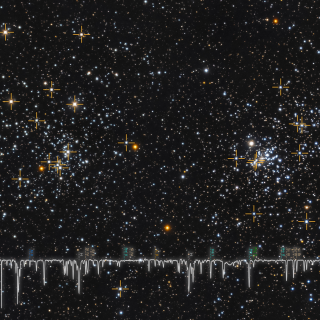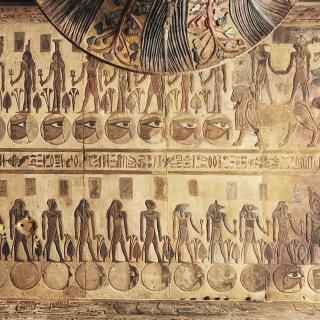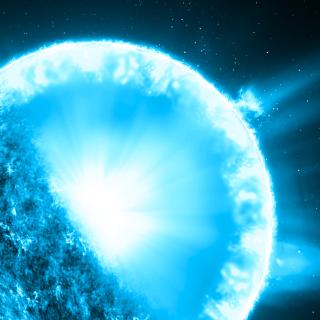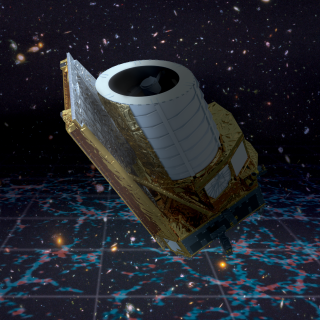
The Euclid mission of the European Space Agency (ESA) will be launched into space tomorrow, 1st July to make the largest and most precise 3D map of the Universe. Spain has an important role in this project, where it is part of the the Consortium which has driven the mission since its origin. Spain has also participated significantly in the instrument design of the project, and will contribute to its scientific use. The Instituto de Astrofísica de Canarias (IAC) has collaborated in the design, construction and testing of the control electronics for one of the on-board instruments. It also
Advertised on

